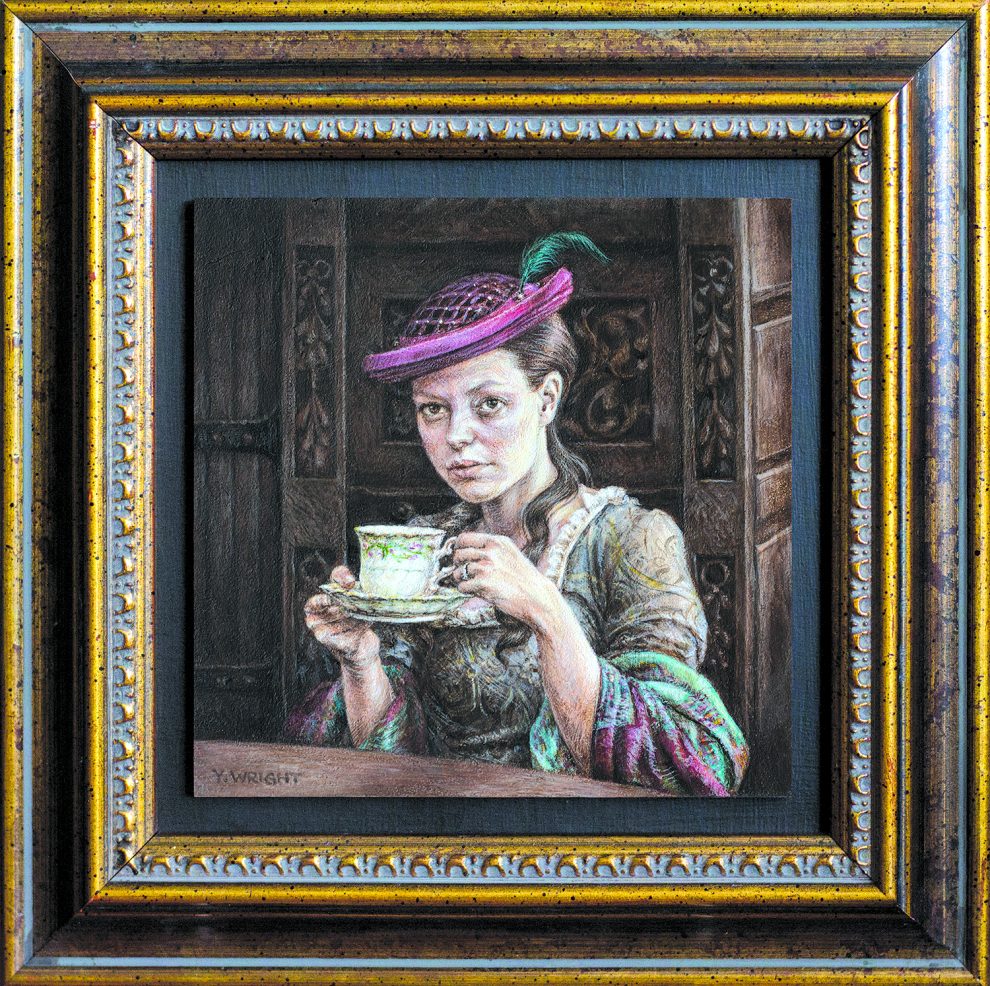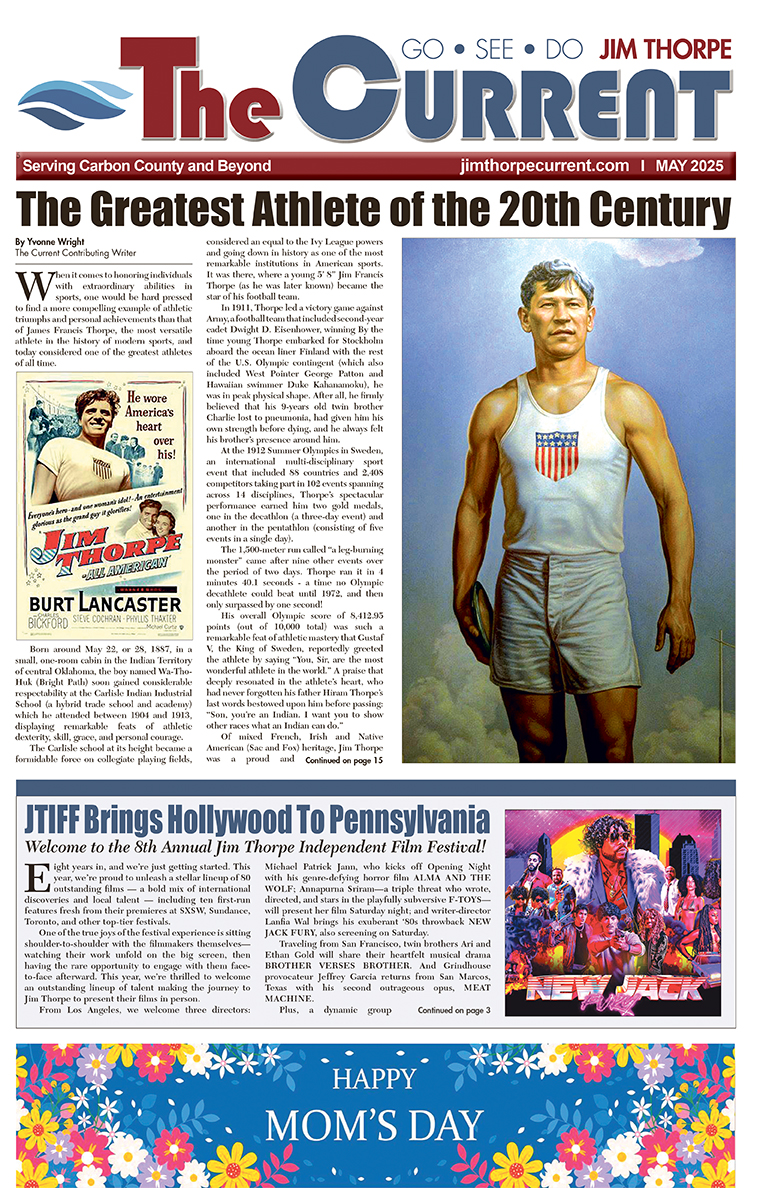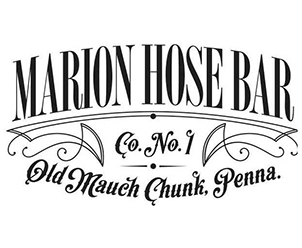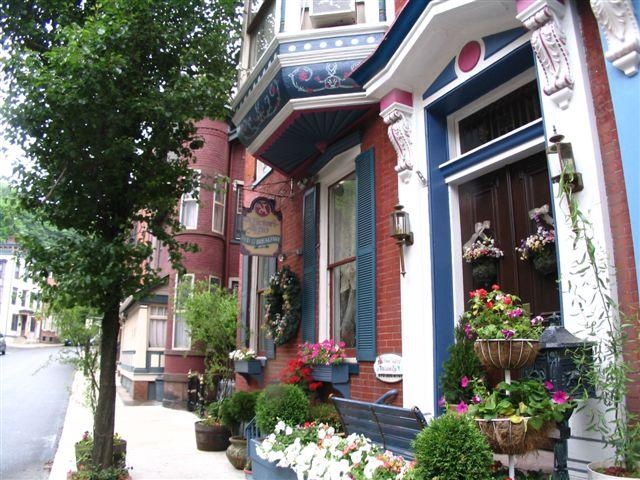By Yvonne Wright • The Current Contributing Writer
Have you ever gone to see a fine art exhibition that requires a magnifying glass to fully appreciate its content? If yes, you will concur that there is something very gentle, elegant and undeniably precious in a form of art that can be enjoyed and collected for its exquisitely small dimensions. Requiring a close proximity of viewing (sometimes with the aid of a magnifying glass) such works provide an intimate encounter with a world of artistic expression that is full of minute details, delightful narrations and clever aesthetic articulations achieved by artists who specialize in small-size analytical works – ushering in their viewing audiences most genuine respect mixed with amazement.
Traditionally, it would not be a true miniature painting, drawing, engraving or sculpture, if it did not fit in the palm of one’s hand, frame included. Requiring the same, or often greater, technical skills and proficiency of mediums as demanded of larger, ‘full-size’ works, these little gems are created with the finest small brushes, specialized technical pens or miniature chisels available, and are therefore sought after and highly valued for their characteristic attention to detail.
In the European tradition of figurative art, the genre of miniature painting has been continuously practiced for centuries, dating back to the monastic artists (scribes) of the Middle Ages who were particularly adept at ornate calligraphy within which elaborate biblical illustrations were inserted. During the Renaissance a strong tradition of miniaturized portraiture developed at the noble courts, preceding in their collective formats today’s family albums.
In the age of colonial conquests, wealthy European military men, sailors and diplomats carried with them treasured miniature depictions of their loved ones painted on vellum, ivory, enamel or cardboard; while their wives often commissioned likenesses of their husbands to be worn as necklaces or brooches adorned with jewels. Many exceptional miniature artists worked for the aristocratic courts, leaving an enduring legacy of craftsmanship and aesthetics that has been inspiring successive generations. In time, collections of miniature portraits, mounted on walls in clusters, became fashionable and sought after expressions of wealth and sophistication by a burgeoning middle class.
The industrial revolution, with its technological progress, introduced photography to the mix. More affordable than painting or engraving, early daguerreotype portraits provided a platform for a new type of miniature art, although not specifically intended. By the second half of the 19th century, color photography was invented – both events inadvertently stalling a once thriving industry of traditional miniature portraits, in favor of photographs. And yet, the aesthetic value of fine art miniatures has survived the upheavals of time, by introducing new subject matter (outside portraiture) and techniques to modern audiences.
Mary Roberts, active in South Carolina in the late 1740s is considered the earliest American artist on record to paint miniature portraits professionally. By the end of the 19th century there were approximately 4000 miniaturists working in America, many of whom were women – signifying the revival of miniature art as a popular genre.
Many miniature art societies have sprung up over the decades across the United States – all cultivating their own traditions of annual shows and art patronage. The Miniature Painters, Sculptors & Gravers Society of Washington, D.C. (MPSGS) is the oldest and most prestigious miniature art society in North America, founded by an American portrait miniaturist Alyn Williams in 1931, and only the second oldest in the world, after the Royal Miniature Society of London, UK. The Miniature Art Society of Florida (MASF), a relatively ‘new kid on the block’ was founded in 1974 in Clearwater, and soon became the second most prestigious miniature art society in the US and an acknowledged leader in the global resurgence of interest in this ancient art form – generously contributing to educational programs and scholarships.
As an art historian, my passion for small-scale paintings extends beyond sensorial appreciation. I am also a fine art artist, who enjoys creating miniature paintings, and who, over the years, has won artistic awards at international miniature shows. My painting “Afternoon Tea” was inspired by Jim Thorpe’s Victorian heritage. The idea was to capture the richness of textures and the overall atmosphere of Victorian lifestyle as represented by a new generation of young women about to challenge the status quo – the existing state of social constraints placed upon them. Hence, it connotes a sense of defiance. In 2022 my work was awarded Third Place in Portraiture by The Miniature Painters, Sculptors & Gravers Society of Washington, D.C.
The Snow Goose Gallery, located in the heart of historic Bethlehem at 470 Main street proudly carries on the tradition of classic miniature at its best, expressed annually through the gallery’s international miniature art shows. This year, from May 7th through June 10th, a staggering 432 works are on display, sent to Pennsylvania from as far away as Australia and South Africa, Europe, and across the United States to participate in “the Art of Miniature” the 31st Invitational Exhibition of Fine Art in Miniature from Around the World and representing the genre of landscape, still life, portraiture, architecture, and animals.

Ink and colored pencil, 3”x3,” The Snow Goose Gallery
The gallery owner, Mary Serfass, is a highly accomplished miniature artist herself with a Bachelor degree in fine art. She is also a signatory member of a highly coveted art organization, the Miniature Artists of America (MAA), an elite group spanning the globe that honors outstanding professionals in American miniaturism. Mary embraces the tradition of elegant and uplifting drawings depicting the natural world, often enhanced by touches of sterling silver, 24 karat gold, and/or a variety of other precious metals subtly incorporated into her designs.
Many of her painstakingly detailed pieces, created with care and thoroughness, have won international and domestic awards, recognition of which led to her participation in the 1996 inaugural exhibition of the World Federation of Miniaturists in London, England, as part of the centennial celebration of the grande dame of the miniature art world, the Royal Miniature Society of London. Mary’s work “All Things Must Pass” exemplifies the meticulous technique she has developed and is best known for. Executed in ink and colored pencil on paper “with firmness, yet delicacy of expression” Mary’s drawing powerfully evokes the magic of the natural world that inspires her.
If you haven’t yet experienced the pleasure of looking at this superb collection, a visit to the Snow Goose Gallery in Bethlehem is a must. With a magnifying glass in-hand (supplied by the gallery) I encourage you to spend a quiet time in admiration of these unique masterpieces. Observe their compositions, textures and exquisite detail, because they were created by artists of exceptional skills. And if you are looking to invest in art for the first time, expand your existing collection, or buy that special gift for a friend who has absolutely everything…. think small, think miniature and start supporting (if you haven’t done so already) the artists of miniature and their meticulously hand-crafted gems in oils, watercolors or inks, etched, sculpted or enameled with an infinite patience and love of their craft that will fill you with wonder.
Yvonne Wright is the owner of STUDIO YNW at 100 West Broadway in Jim Thorpe. She can be reached at studio.ynw@gmail.com



























Add Comment